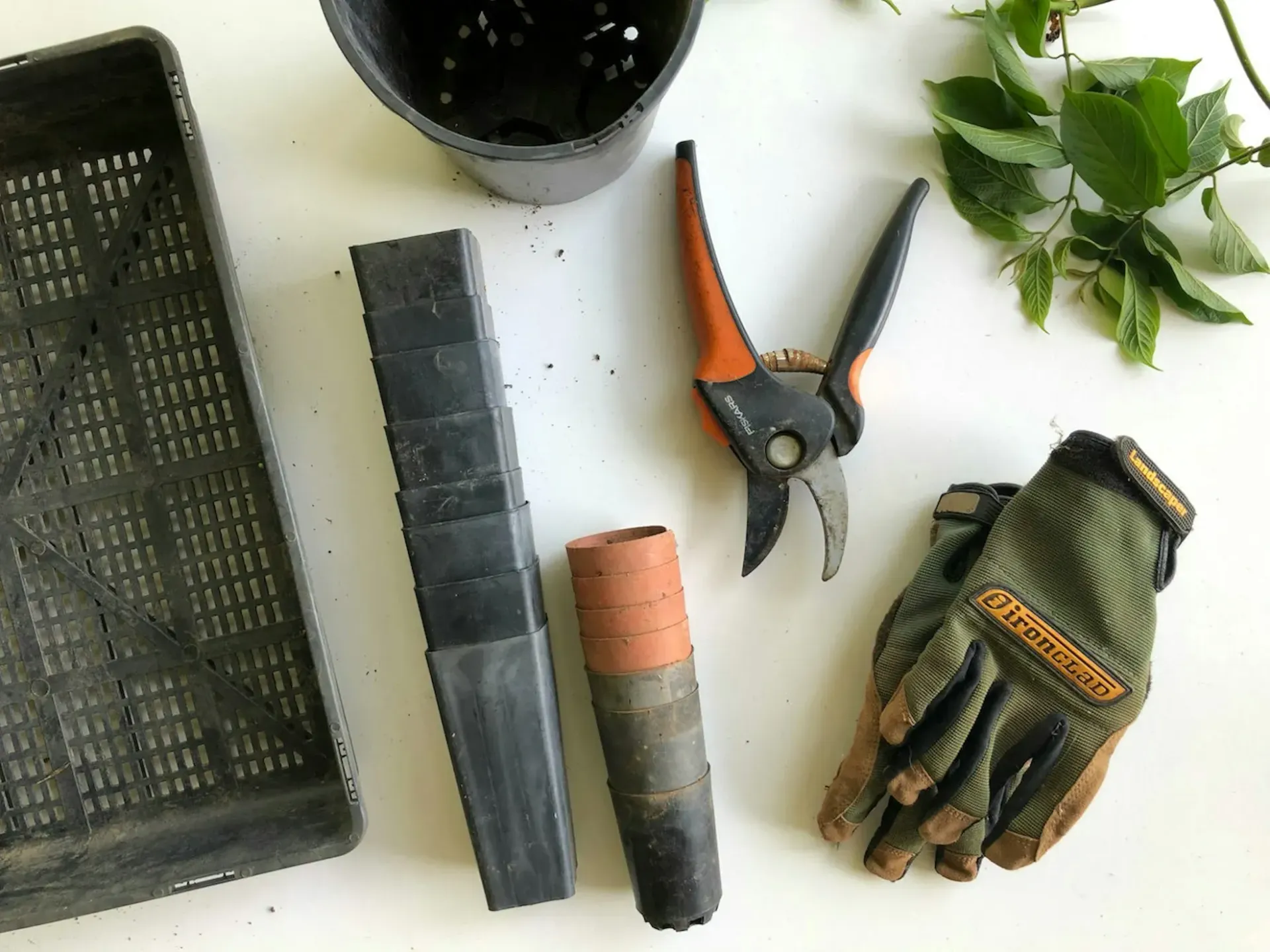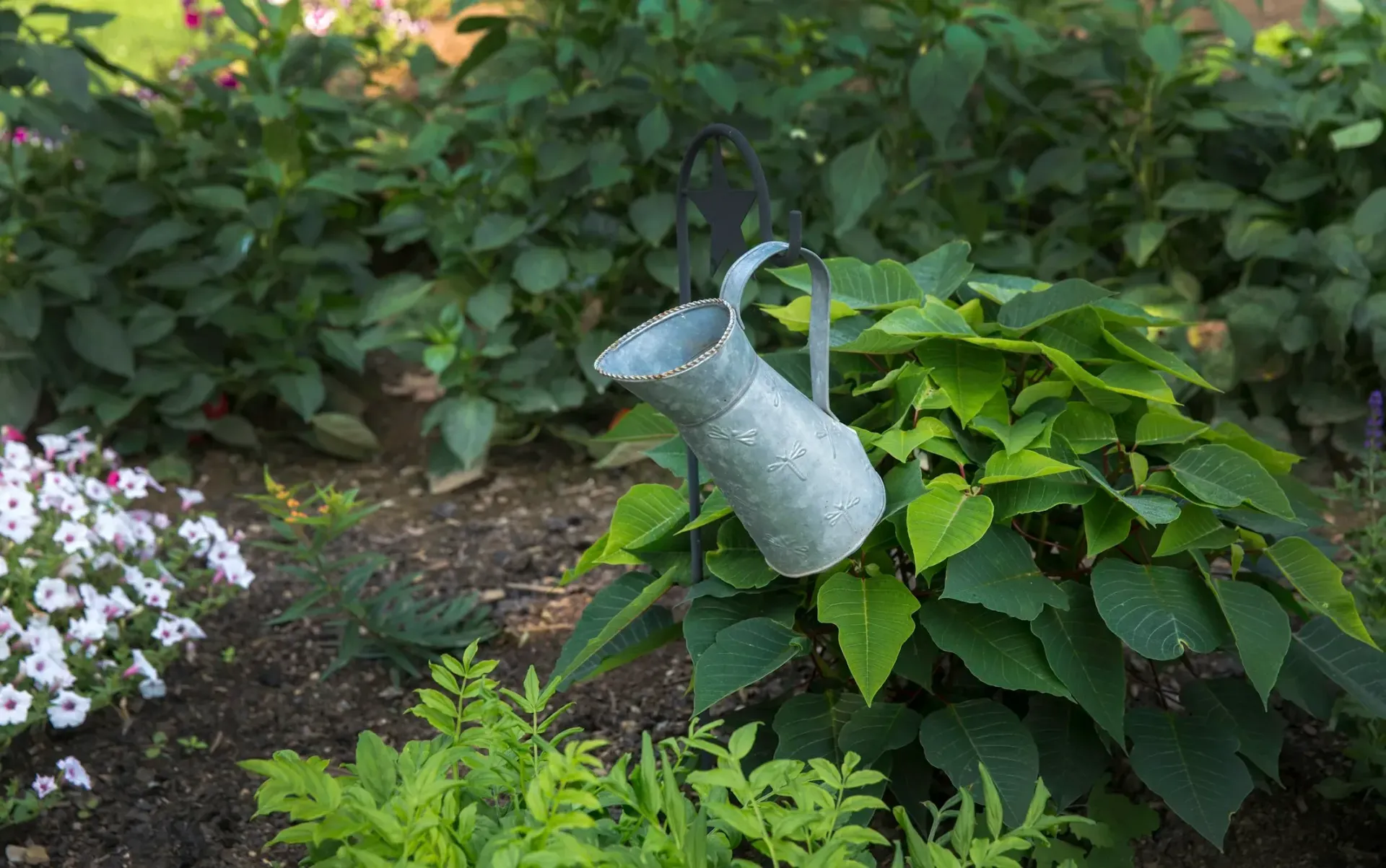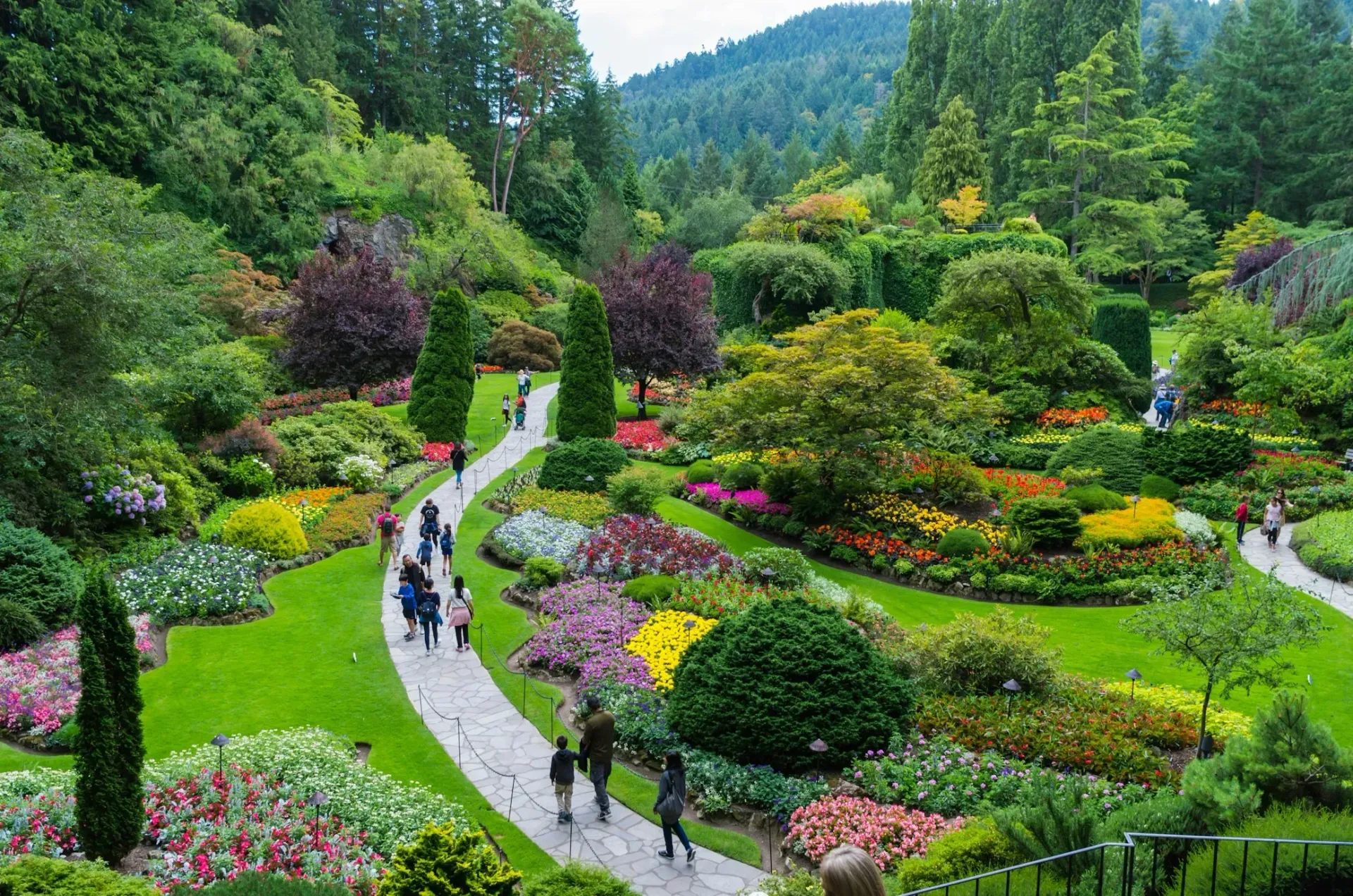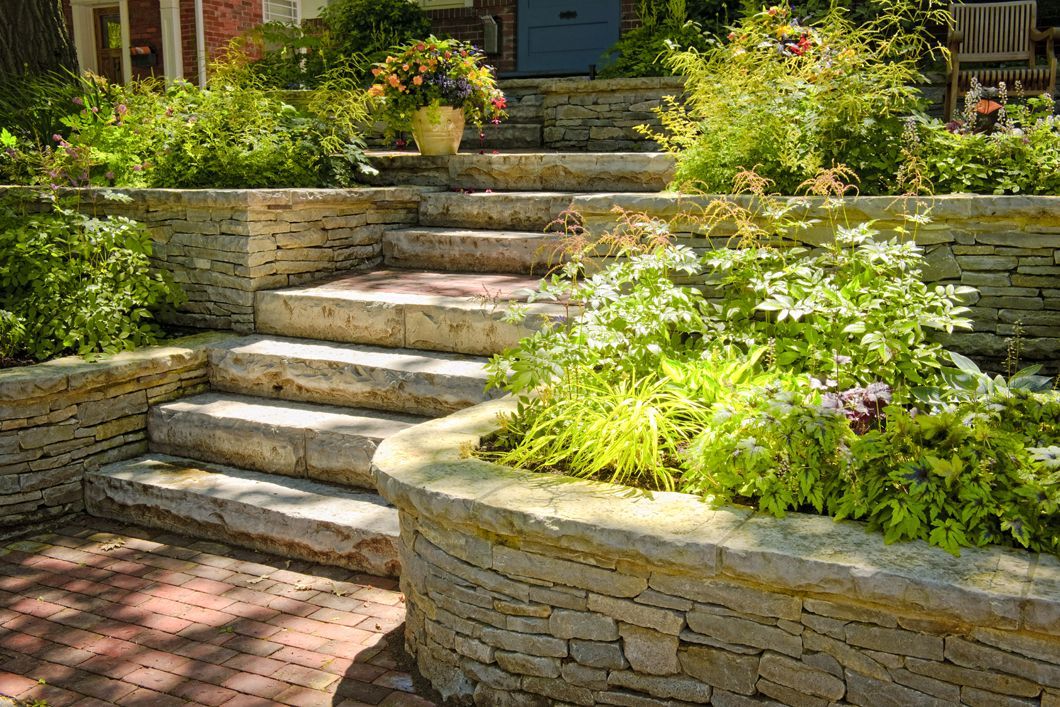Top Landscaping Tips for Summer

Welcome to the essential summer landscaping guide! As the season brings warmth, it also challenges our gardens and outdoor areas. In this guide, you'll discover key tips and effective strategies to ensure your landscape not only survives but thrives during the summer heat. We'll guide you through selecting the perfect plants, mastering watering techniques, and more, all designed for sustainable, vibrant gardens.
Whether you're a gardening novice or have years of experience under your belt, our advice is tailored to help everyone. Here, you'll find insights into maintaining a lush garden, using water efficiently, and creating a refreshing oasis that lasts all season. Dive in to transform your garden into the summer haven you've always dreamed of.
1. Assess and Plan Your Landscape
Before diving into the details of planting and maintenance, take a moment to assess your current landscape. What areas thrive? Which need improvement? Summer landscaping success starts with a solid plan that considers the unique aspects of your garden's layout, soil type, and sun exposure.
Start with a sketch. Map out your garden, noting areas of full sun, partial shade, and full shade. This will help you choose plants that are best suited for each condition.
Consider soil health. Summer heat can stress plants, making healthy soil crucial for their survival. Test your soil's pH and nutrient levels, adjusting as necessary to create the perfect foundation for your plants.
Plan for water efficiency. Think about how you'll water your garden. Design your layout to include plants with similar water needs together, reducing water waste and ensuring each plant gets just what it needs.
2. Focus on Drought-Resistant Plants
Choosing the right plants is crucial for a low-maintenance, resilient summer garden. Drought-resistant plants are ideal as they thrive in hot conditions and require less water, making your landscaping more sustainable and easier to manage.
Go native. Native plants are adapted to your local climate and soil conditions, making them more likely to thrive with minimal intervention. They also support local wildlife, providing habitats and food sources.
Succulents and cacti. These plants are naturally designed to withstand dry conditions. Their unique water storage capabilities make them perfect for adding texture and interest to your garden with minimal watering needs.
Deep-rooted perennials. Plants like lavender, sage, and ornamental grasses have deep root systems that draw moisture from below the surface, making them more drought-resistant and perfect for sunny spots.
3. Mulching: A Must-Do for Summer
Mulching is a game-changer for maintaining a healthy, hydrated, and weed-free garden during the scorching summer months. It acts as a protective barrier over the soil, keeping moisture in, temperatures down, and weeds at bay.
Choose your mulch wisely. Organic mulches, like wood chips, straw, or compost, not only retain soil moisture but also improve soil quality as they decompose. Inorganic mulches, such as pebbles or landscape fabric, are more permanent solutions for controlling weeds and retaining moisture.
Apply the right amount. A layer of 2-3 inches of mulch is ideal. Too much can suffocate your plants, while too little won't effectively retain moisture or deter weeds.
Consider timing. Early to mid-spring is the best time to apply mulch, as the soil has warmed from the winter chill. However, it's never too late to mulch in summer, especially if you're looking to protect plants from heat and conserve water.
4. Smart Watering Techniques
Smart watering is crucial for keeping your garden thriving through the summer. It's all about ensuring your plants get enough water without wasting this precious resource.
Go for depth, not frequency. Encourage your plants to grow deep roots, making them stronger and more drought-resilient. Water thoroughly to reach deep into the soil, rather than just moistening the surface.
Timing is everything. Watering in the early morning or late evening minimizes evaporation, giving water a chance to soak deeply into the soil where roots can absorb it.
Opt for targeted watering systems. Drip irrigation and soaker hoses are your best friends for efficient watering. They deliver water right to the plant's base, cutting down on waste and ensuring water reaches where it's needed most.
Harvest the rain. Catching and using rainwater can be a game-changer for your garden. It's soft, free from chemicals, and an eco-friendly watering option. Consider setting up rain barrels to capture this natural resource.
5. Lawn Care in the Heat
Summer can be tough on lawns, but with the right care, your grass can stay green and healthy even under the sun's intense rays.
Adjust your mowing height. Keeping your grass a bit longer in the summer shades the soil, reducing water evaporation and helping roots stay cool. Aim for a height of about 3 inches.
Mow regularly, but not too short. Cutting grass too short can stress it, making it more susceptible to drought and heat damage. Regular trimming encourages strong growth, but always follow the one-third rule: never remove more than one-third of the grass blade in a single mowing.
Water wisely. Like your garden, your lawn benefits from deep, infrequent watering. Early morning is the best time to water, reducing loss to evaporation and giving the grass blades time to dry before nightfall, which can help prevent disease.
Keep an eye out for signs of stress. Brown spots, wilting, and slow growth are signs your lawn might be struggling. These symptoms call for a review of your watering practices and possibly aeration or a change in mowing habits.
6. Creating Shaded Areas
Shade is a crucial element in your summer garden, not just for your plants, but also for creating comfortable outdoor living spaces. Integrating shaded areas can transform your garden into a cool retreat during the hottest parts of the day.
Plant Trees Strategically. Deciduous trees not only provide shade but also enhance your garden's aesthetics. Plant them on the south and west sides to block the intense afternoon sun, cooling your home and garden.
Use Climbing Plants and Trellises. Vines like ivy, clematis, or grapevines on trellises or pergolas create natural, living shade. This approach adds vertical interest to your garden while offering a respite from the sun.
Install Shade Sails or Umbrellas. For immediate shade, consider adding shade sails or large umbrellas. These can be placed over seating areas, patios, or children's play areas to provide protection from the sun.
Create Outdoor Living Spaces. Incorporate shaded seating areas into your garden design. This encourages outdoor activity even on hot days and adds functional beauty to your landscape.
7. Outdoor Lighting for Summer Nights
Outdoor lighting extends the beauty and usability of your garden into the evening hours, creating an enchanting atmosphere for relaxation or entertainment. Here’s how to illuminate your summer nights effectively:
Choose energy-efficient options. LED lights or solar-powered fixtures are ideal for garden lighting. They provide long-lasting illumination while being eco-friendly and cost-effective.
Highlight features and pathways. Use spotlights to accentuate garden features like statues or specimen trees. Path lights can guide the way through your garden, ensuring safety and adding visual appeal.
Create ambiance with string lights. For a magical evening setting, drape string lights over trees, along fences, or around pergolas. They add a warm, inviting glow to any outdoor space.
Consider safety and security. Well-lit entrances and walkways not only welcome guests but also deter potential intruders. Motion sensor lights can provide security without the need for constant illumination.
8. Pest Control Strategies
Summer brings out not just the beauty in gardens but also a variety of pests that can threaten your hard work. Effective pest control is key to maintaining a healthy, vibrant garden throughout the season.
Identify pests early. Regularly inspect your plants for signs of pests. Early detection can make control more manageable and less damaging to your garden ecosystem.
Use natural predators. Encourage beneficial insects like ladybugs, praying mantises, and lacewings that feed on harmful pests. Creating a habitat for these insects can be a natural and effective way to control pest populations.
Employ barriers and traps. Floating row covers, netting, and traps can protect your plants from a variety of pests without the need for chemical interventions. These methods can be particularly effective for vegetable gardens.
Choose eco-friendly treatments. If chemical controls are necessary, opt for organic or natural pesticides. These products are less harmful to the environment and non-target organisms in your garden.
Conclusion
Through this guide, we've equipped you with the top tips for summer landscaping. From choosing the right plants and optimizing water use to caring for your lawn and adding magical lighting, these strategies ensure a lush, vibrant garden. Remember, a successful summer garden is not just about aesthetics; it's about creating a resilient and enjoyable outdoor space for all to cherish.
Dreaming of a breathtaking summer garden? Chip's Landscaping in Cincinnati, Ohio, is at your service. With a focus on sustainable, eye-catching landscapes, their experienced team promises to elevate your outdoor space. Whether you're envisioning efficient watering systems or lush garden designs, Chip's Landscaping delivers. Connect with them now to bring your summer garden dreams to life.











